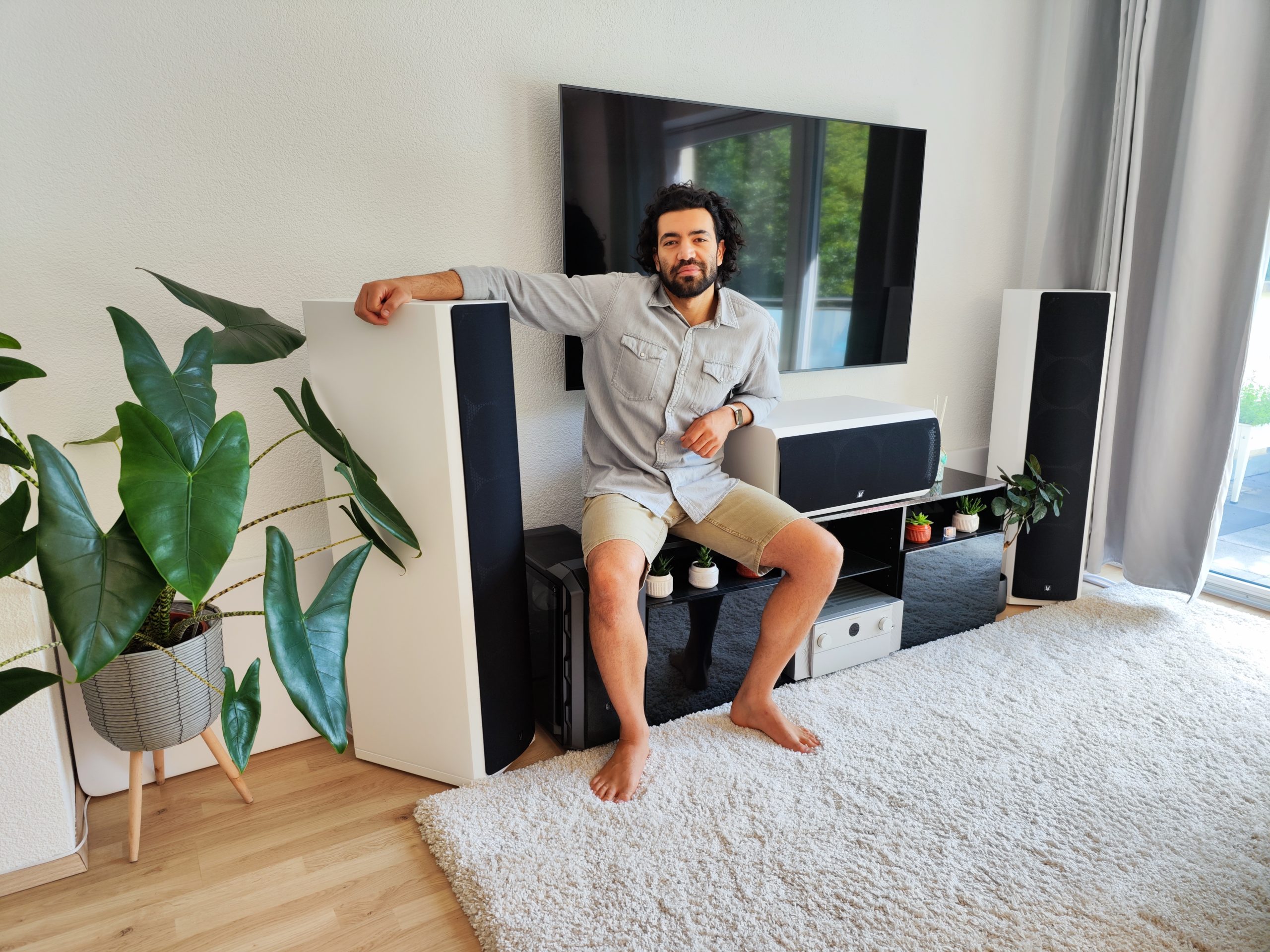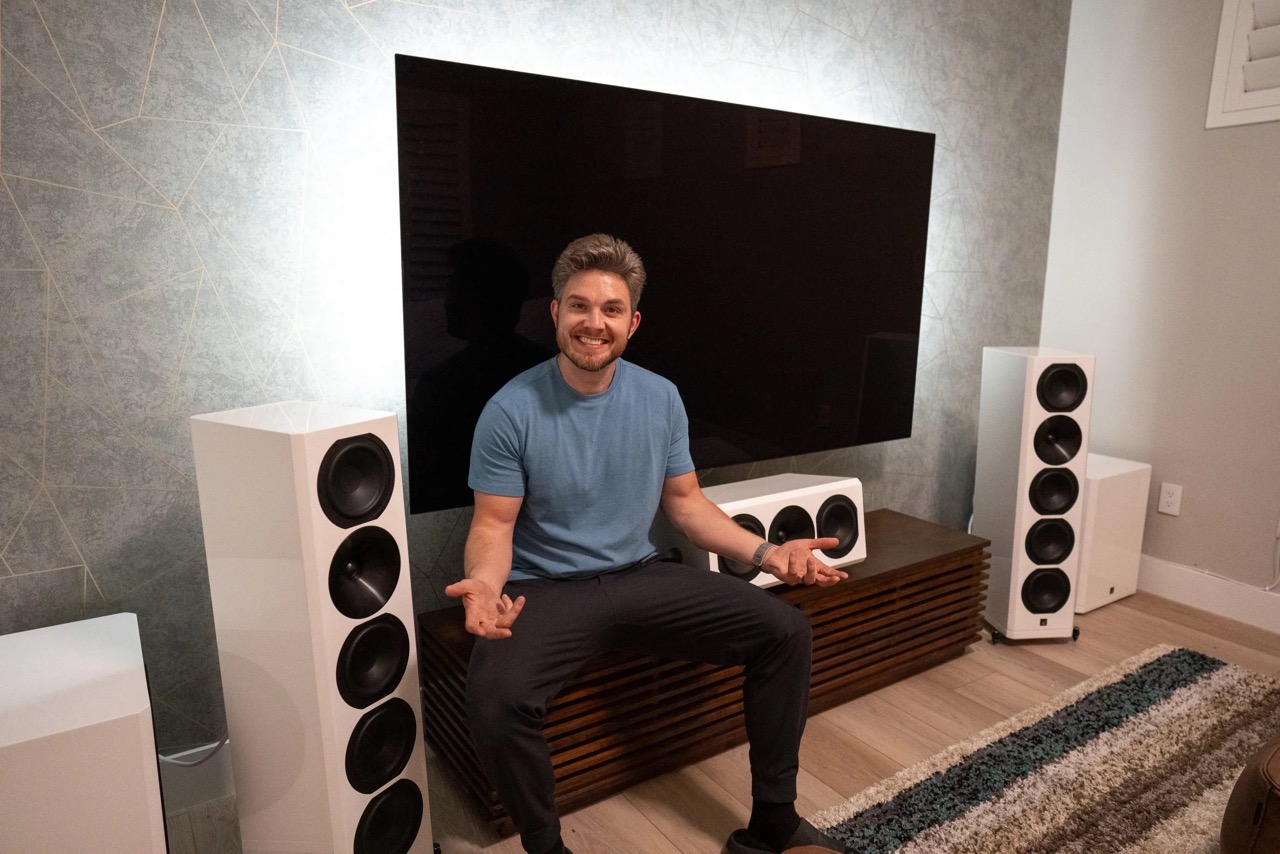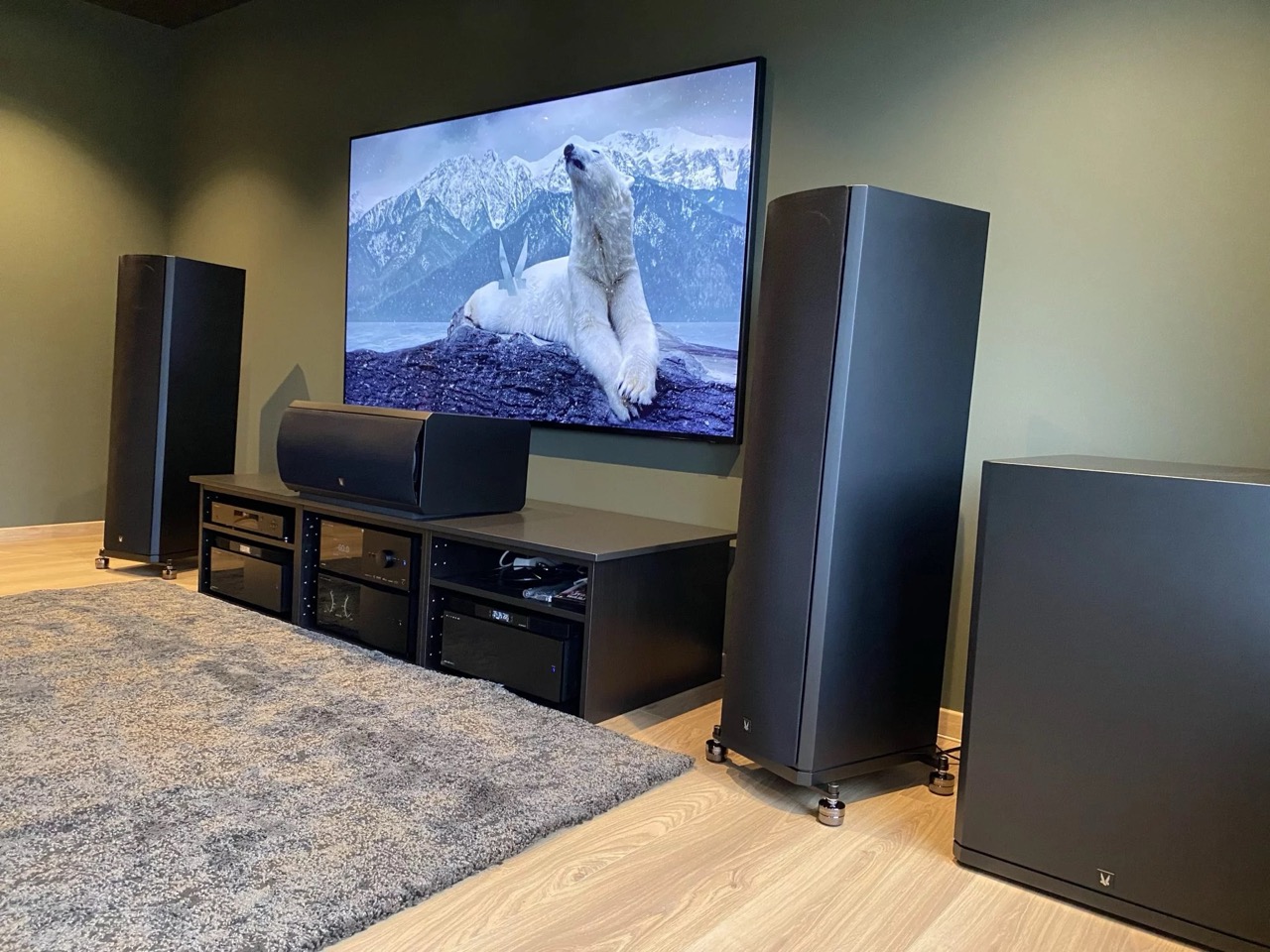Stage Construction for Home Theater
Article summary - TL;DR
- Understanding stage construction is essential for an immersive home cinema experience.
- Choose materials like plywood or MDF for strength and acoustic quality.
- Carpeted stages help with sound dampening, while wooden stages provide stability.
- Precision in measurements and construction can enhance performance and longevity.
- Enhance your audio-visual setup with the 1528 Tower 8, delivering expansive sound and remarkable depth for your theater.
Understanding the Basics of Stage Construction
Before diving into building your home cinema, it’s essential to grasp the fundamental elements of stage construction. The stage serves as a critical focal point of your home theater, not just for aesthetic appeal, but also for enhancing sound quality and viewing experience. It’s where the magic happens, where your screen will be mounted, and speakers placed. A well-built stage can contribute to an immersive cinematic experience, making it worthy of careful planning and execution.
The stage typically consists of a raised platform, designed to accommodate your screen and speakers. It may also act as a space to house acoustic treatments and hide wiring, contributing to a clutter-free environment. The materials and design of your stage will influence its performance in terms of durability and acoustic properties.
When designing your stage, consider the size of your room, the screen’s dimensions, and the type of flooring. Carpeted stages can help with sound dampening, while wooden stages might provide a more solid platform. Above all, ensure the stage is built to support the weight of your equipment without risk of collapse or vibration.
Materials and Tools Required for Stage Construction
Creating a robust stage begins with selecting the right materials. High-quality plywood or MDF (medium-density fiberboard) are common choices for the platform due to their strength and acoustic properties. You’ll also need support beams, screws, nails, and appropriate tools such as a screw gun, saw, level, and measuring tape.
Investing in good insulation materials like mineral wool or acoustic foam can make a significant difference in sound quality, as they can absorb vibrations and prevent echo. Carpeting or acoustic tiles for the stage surface can also enhance sound dampening. Additionally, consider using paints or finishes that complement your home theater’s aesthetics but avoid ultra-glossy finishes that could reflect light or sound.
It’s crucial to gather all materials and tools before you start building. This preparation will streamline the construction process and minimize interruptions. If you’re unsure about the materials or tools you’ll need, consult with a professional builder or a home theater installation specialist to get recommendations specific to your project’s requirements.
Building the Stage Step-by-Step
The construction of your stage should be approached methodically. Begin by measuring and marking the area where your stage will be situated. Ensure that the dimensions align with your cinema layout and equipment sizing. Lay down the support beams to create a strong foundation, spacing them evenly for optimal weight distribution.
Subsequently, lay your plywood or MDF on top of the beams, securing it with screws to prevent movement and noise. Once the platform is secured, apply your insulation material, affixing it so it doesn’t compress or shift. Lastly, cover the insulated stage with your chosen flooring material, trimming any excess and ensuring a snug fit against the room’s edges.
Keep in mind that precision is key throughout this process. Double-check measurements before any cuts, and ensure all elements are level and square. If you’re not confident in your construction skills, don’t hesitate to enlist a professional. Properly constructing your stage can save you time and money in the long run by avoiding repairs or modifications down the line.
Frequently asked questions
What are the key components of a stage in home cinema?
A stage in home cinema primarily includes a raised platform to hold your screen and speakers, as well as space for acoustic treatments and wiring. It's essential for enhancing both sound quality and the viewing experience.
What materials are best for building a stage?
High-quality plywood or MDF is commonly used for the stage platform due to their strength and acoustic properties. Support beams, screws, nails, and insulation materials like mineral wool or acoustic foam are also recommended.
How does flooring affect the stage construction for a home theater?
The choice of flooring impacts sound quality. Carpeted stages help with sound dampening, while wooden stages provide a solid and durable platform. Consider your room's acoustic needs when selecting the floor material.
What tools do I need for constructing a stage?
You will need a screw gun, saw, level, and measuring tape. It's important to gather all tools and materials before starting construction to minimize interruptions.
Can I build a stage on my own, or should I hire a professional?
You can build a stage on your own if you feel confident in your skills. However, if you're unsure, hiring a professional can save time and prevent costly modifications later.
What is the importance of insulation in stage construction?
Insulation materials like mineral wool or acoustic foam absorb vibrations and prevent echo, significantly improving sound quality in your home theater.
How do I ensure my stage can support the weight of my equipment?
When constructing your stage, use appropriately sized support beams and ensure they are spaced evenly to distribute weight effectively. Secure all components to prevent movement.
What should I avoid when finishing my stage?
Avoid using ultra-glossy paints or finishes that can reflect light or sound, as they can disrupt the audio and visual experience in your home theater.








